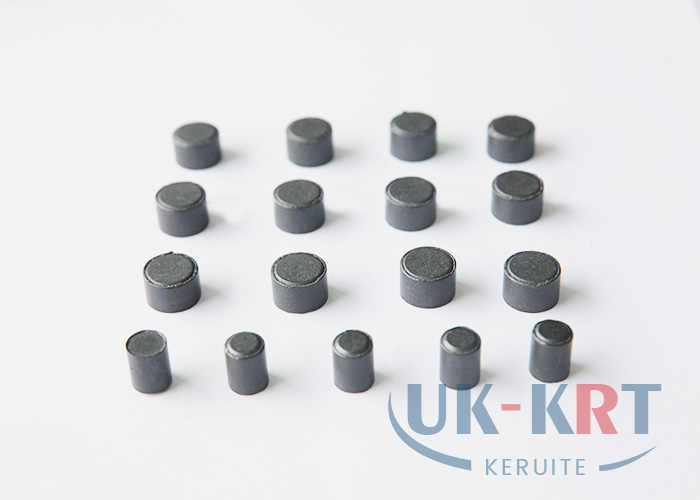The company has advanced equipment, superb technology, sophisticated processing, PTFE sliders to meet different customer needs, complete varieties, reasonable prices, and timely delivery! PTFE plates are divided into two types: molded plates and turned plates. The molded plates are made of poly Tetrafluoroethylene resin is molded by molding at room temperature, then sintered and cooled. The turning board is made of PTFE resin by pressing, sintering, and peeling.
Features
High temperature resistance up to 250℃, low temperature resistance -196℃, corrosion resistance, weather resistance, high lubrication, non-adhesion, etc.
Outstanding features
Except for the molten alkali metal, the PTFE plate is hardly corroded by any chemical agent. For example, in concentrated sulfuric acid, nitric acid, hydrochloric acid, or even boiled in aqua regia, its weight and performance are unchanged, and it is almost insoluble in all solvents.
application
PTFE sheets are widely used as high and low temperature resistant, corrosion resistant materials, insulating materials, anti-stick coatings, etc. in nuclear energy, aerospace, electronics, electrical, chemical, machinery, instrumentation, instrumentation, construction, textile, food and other industries. How to use: The thickness of the PTFE board for stairs is generally 5mm; its length is the length of the stair board; the width is the step width. Cutting the PTFE board of the stairs needs to use a profile cutting machine for cutting. After installing the PTFE board of the stairs, cover and protect the parts that are easily contaminated with adhesive tape or plastic film. The parts that are easily scratched should be protected by safety fences. Non-adhesion-it is the smallest surface tension in solid materials and does not adhere to any substances.
Non-toxic-physiologically inert, non-toxic to organisms
What is the glue between the PTFE
PTFE surface treatment and bonding
Abstract Analyze the reasons why polytetrafluoroethylene (PTFE) is difficult to bond, introduce chemical treatment, high temperature melting, radiation grafting, and low temperature plasma treatment
Such as PTFE commonly used surface treatment methods, as well as PTFE commonly used surface modifiers and new PTFE adhesives with excellent bonding properties.
Key words: polytetrafluoroethylene, surface treatment, surface modifier, adhesive property, adhesive
Polytetrafluoroethylene (PTFE) has excellent chemical stability, electrical insulation,
Self-lubricity, non-flammability, aging resistance, high and low temperature adaptability and chemical corrosion resistance
Performance, and has high mechanical properties, is a military with excellent comprehensive performance
Civil engineering plastics. However, due to poor surface wetting properties of PTFE, it cannot be
Good bonding, which greatly limits its scope of use. In order to make PTFE
It has a wider range of applications, and its surface is treated to improve the bonding performance and improve
Bond strength is necessary
